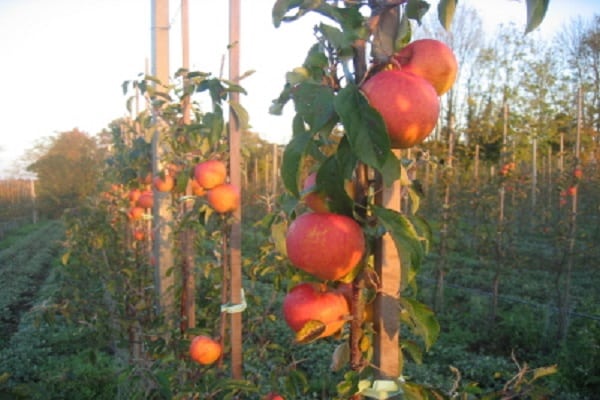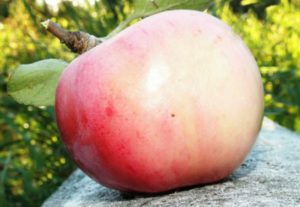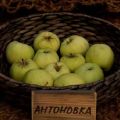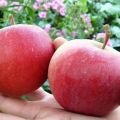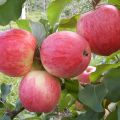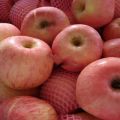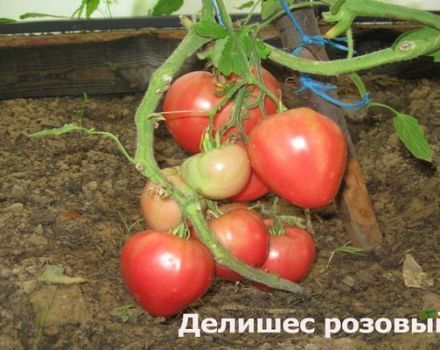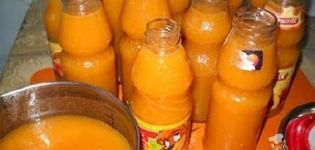Description of the Celeste apple variety and disease resistance, winter hardiness
The Celeste apple tree is highly valued by gardeners for its productivity and ease of maintenance, and its juicy fruits for its taste, long shelf life and attractive appearance. The hybrid was bred in Germany, and combines the qualities of the best dessert fruits, being an improved clone of the famous Delkorf apples. Why are Celeste fruits good, and what are their features? Everything in order.
Wood appearance
Apple trees of Celeste visually do not have special features that distinguish them from other apple trees. The dull leaves are slightly curved and the branches are covered with greenish bark. The tree is medium-sized and reaches 3-4 meters in height. However, growth slows down when the fruit first appears. Flowering occurs in the first half of May. Beige buds turn into pinkish-white saucer-shaped flowers.
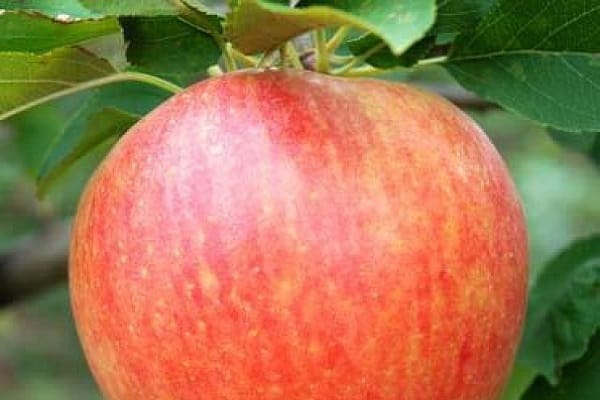
What the fruits look like
Apples of the Celesta variety have a decent marketable appearance and are distinguished by taste properties that allow the fruit to be considered dessert. Fragrant, sweet, crunchy flesh melts in the mouth, and a slight sourness is a distinctive feature of the variety.
The fruits have a regular rounded or slightly elongated shape. The main color is yellowish green. On the sides, and less often on the entire surface of the glossy rind, pale vertical stripes of red shades are noticeable. Celeste apples are large and can weigh up to 200 grams.
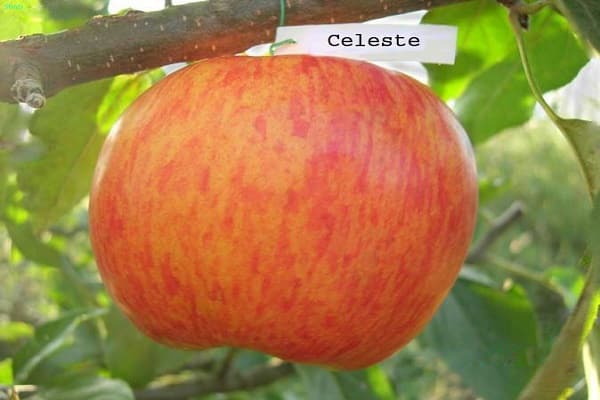
Fruiting
Fruiting begins quickly. The primary crop can be taken in the third year of life, but there have been situations when Celeste bore fruit just a year after planting. Apples ripen alternately, therefore, they require manual picking, to which the variety is successfully adapted. The fruits are highly transportable and rarely break even if dropped.
The first stage of collection falls on the second half of August. Celeste is particularly stable and produces a high-quality harvest every year. With proper planting and regular care, up to 110 kilograms of juicy and strong fruits are harvested from one tree.
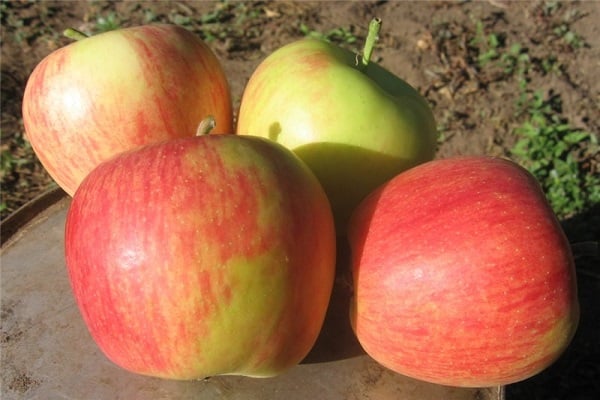
Disease resistance
Since the cultivar called Celeste was bred by crossing, its genetic makeup is resistant to a wide variety of diseases. These include powdery mildew, scab, black cancer and some types of viruses.
However, it should be borne in mind that an apple variety considered resistant to a certain type of disease, after several years, can become infected with it. This is due to the fact that pests and bacteria can mutate, giving rise to new physiological races. In addition, rodents and flying insects can visit the garden, therefore, preventive treatment measures should not be neglected.
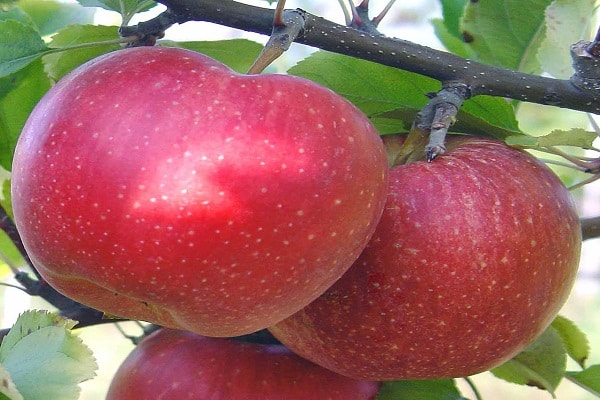
Winter hardiness
An important feature of the hybrid variety is winter hardiness. Apple trees of Celeste are resistant to frost and can withstand a drop in air temperature to -40 C.
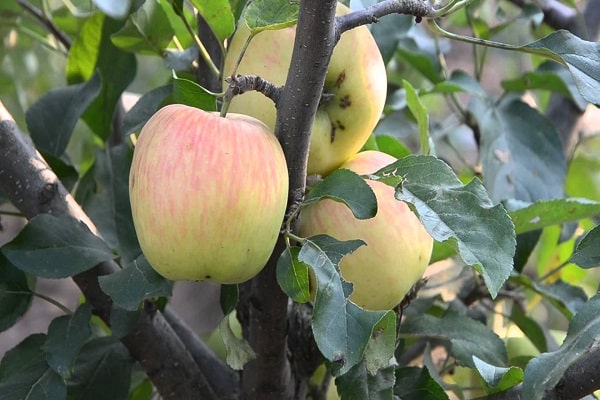
Pollination
Pollination is the process by which an apple blossom receives pollen from another plant before fertilization begins. This is necessary to improve the quality and quantity of the crop. The success of the process is ensured by butterflies, bees and the wind, transferring pollen between the flowers of the trees.
For this reason, it is recommended to plant apple trees of various varieties in groups, close to each other. A suitable pollinator can grow in his or her area. For pollination Celeste are perfect:
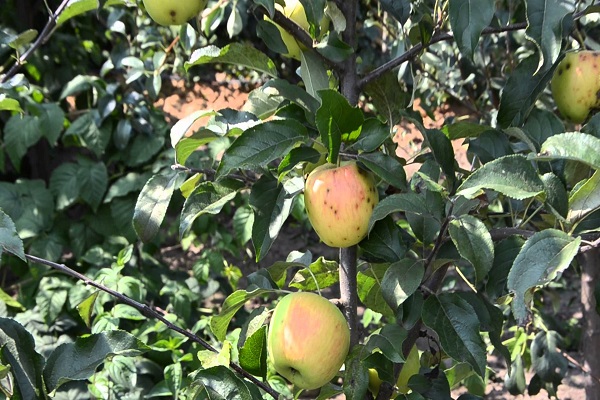
- Arlet;
- Discovery;
- Elista;
- Idared;
- Sunrise;
- Nidared;
- Antonovka;
- James Give;
- Lodel;
- Summered;
- Gala Mast;
- Elstar;
- Idared;
- Fiesta.
